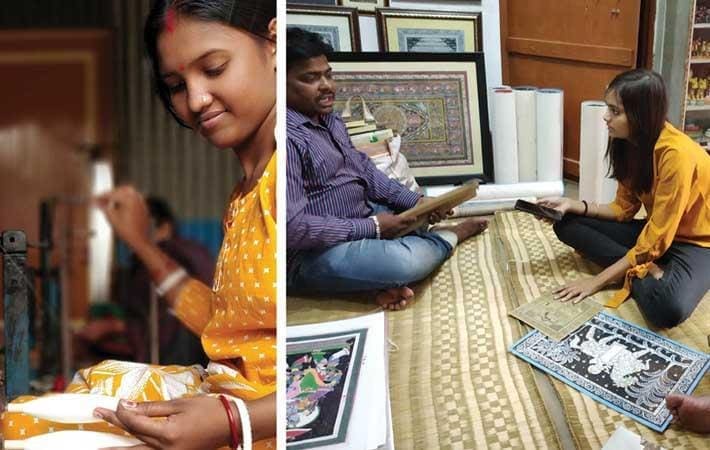Indian business-to-business handloom marketplace Lal10 is working with 700 weavers—550 are women—spread across 10 states, helping these artisans, who face a lot of difficulty in showcasing their work to potential customers, to have better access to buyers, Lal10 co-founder and chief executive officer ManeetGohil said celebrating National Handloom Day today.
“Most of the weavers in India are women, and a woman earning in a rural household changes the power dynamics and triggers women empowerment at the grassroots level,” Gohil said in a statement. Lal10 feels policy decisions that would bring handloom weaving back into the mainstream include a stringent legal framework for implementing geographical indication (GI) tags, affordable and simplified working capital loans for weavers, accessible raw material depots with the scope of securing credit lines, incentive plans for designers or design-focused companies working to impart design skill to weavers, and rebate for weavers looking to enroll in design or design-related educational courses. The National Handloom Day is observed annually on 7th August to honour the handloom weavers in the country and also highlight India’s handloom industry. National Handloom Day seeks to focus on the contribution of handloom to the socio economic development of the country and also increase the income of weavers.
The Union Government had declared 7th of August as the National Handloom Day in July 2015 with the objective of generating awareness about the importance of the handloom industry to the socio economic development of the country. August 7 was chosen as the National Handloom Day to commemorate the Swadeshi Movement which was launched on this day in 1905 in Calcutta Town Hall to protest against the partition of Bengal by the British Government. The movement had aimed at reviving domestic products and production processes. The first National Handloom Day was inaugurated on 7th August 2015 by Prime Minister NarendraModi at the centenary of Madras University in Chennai.

